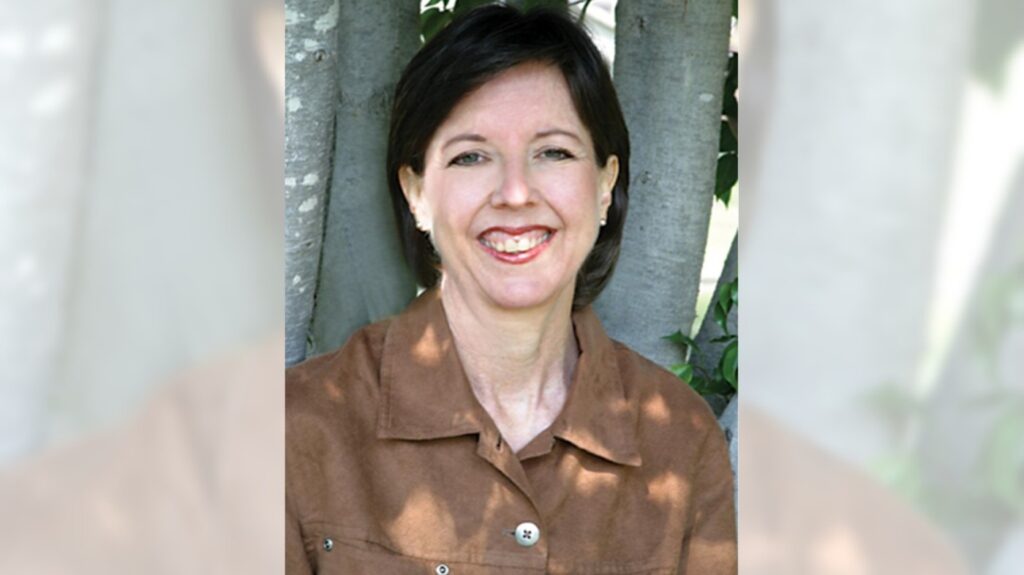
It’s that time of year again. The time when we come out of winter and see the signs of spring just around the corner. Green shoots, budding flowers, longer days and warmer temperatures.
While winter was a time of quiet repose, spring is busting out all over. And what’s at the heart of all this? A seed of some sort.
But today’s story is not your typical garden variety type of story. It’s going to take you inside and reveal some fascinating facts about how long seeds can do nothing before doing something.
Picture this: In 1793, a batch of Persian silk tree seeds from China were placed in a dark cabinet in London’s British Museum and were forgotten until 1940.
German bombers flew over London and dropped a bomb that hit the museum’s botany section, which smashed the cabinet and released the seeds. When museum workers plowed through the rubble, they discovered green sprouts — baby silk trees. Seeds that had been dormant for nearly 150 years.
Not only can seeds do that, but they can also lie dormant for even longer periods of time.
Imagine archaeologists in the 1960s discovering a child’s rattle in one of Argentina’s ancient tombs. Creatively made from a walnut shell, it had canna lily seeds banging around inside. When they planted the seeds, a lily actually grew.
Carbon dating verified the seeds were 600 years old. Is that a record? Not by a long shot.
The longest seed dormancy record goes to a date palm referred to as Methuselah. It was sprouted from a 2,000-year-old seed found in the excavations of Masada, a complex of palaces built by Herod the Great, which was raided by the Romans in A.D. 72-73.
Apparently, scientists have yet to determine what seeds do when they’re doing nothing. However, in some way, they have to be alive. Otherwise, researchers all agree, if they’re dead, they’d stay dead.
So, the three possibilities are that seeds are dormant, in a deep pause, or they are metabolizing very slowly. Or else it’s the most unexplainable category referred to as suspended animation — close to dead but not.
Regardless of what the seeds do when they are dormant, if seeds as old as 2,000 years have grown into thriving plants once they found the necessary conditions to grow, then very easily there could be more seeds scattered all over the globe just waiting for the nourishment that ignites the life they contain.
I’ll leave you with that thought to ponder and wishes for a most happy and healthy spring.
Writer, editor and speaker Cheryl Russell is a Laguna Woods Village resident. Contact her at Cheryl@starheart.com.
